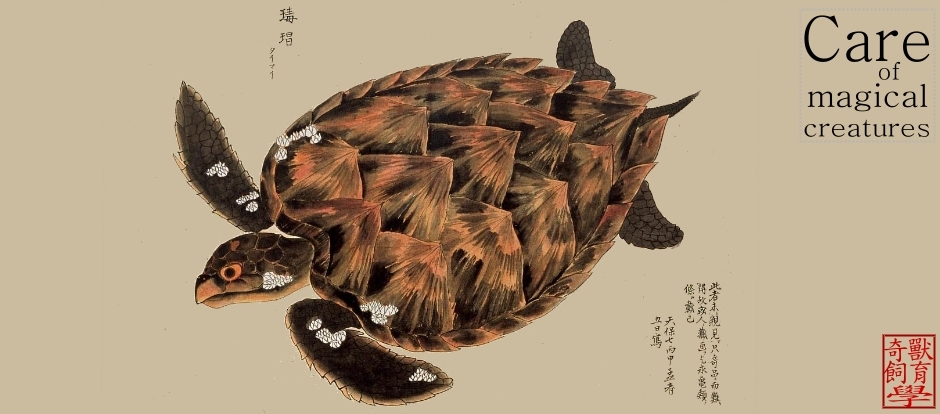 文獻來源: Smith JG, Christian K, Green B. 2008. Physiological Ecology of the Mangrove‐Dwelling Varanid Varanus indicus. Physiological and Biochemical Zoology 81(5):561–569. 2008. DOI: 10.1086/590372
文獻來源: Smith JG, Christian K, Green B. 2008. Physiological Ecology of the Mangrove‐Dwelling Varanid Varanus indicus. Physiological and Biochemical Zoology 81(5):561–569. 2008. DOI: 10.1086/590372Abstract
Some species of terrestrial lizards in wet‐dry tropical climates reduce their body temperatures (Tb's) and activity and lower their metabolic rates during the dry season when food and water resources are scarce. However, semiaquatic lizards have access to water and presumably food throughout the year, so it is possible that they will not have the seasonal response seen in terrestrial species. We studied the thermal biology, energetics, and water flux of Varanus indicus, a semiaquatic, mangrove‐dwelling varanid in tropical northern Australia. Although V. indicus remained active all year, they reduced their activity in the dry season, but not to the extent of terrestrial varanids. Varanus indicus field metabolic rates decreased by 38% in the dry season mostly as a result of the reduction in activity. Although food and water depletion are the driving forces behind decreases in dry season Tb selection and energetics for many varanids, V. indicus appears not to be subject to these pressures to the same extent. Thermoregulatory indices indicate that V. indicus actively thermoregulate in the wet and dry seasons, but they do not fully exploit the available thermal resources. These lizards are unusual among varanid lizards in that their midday Tb's are relatively low (about 31°C) despite the availability of thermal resources that would allow them to attain substantially higher Tb's.
圖片連結: varanus.nl
